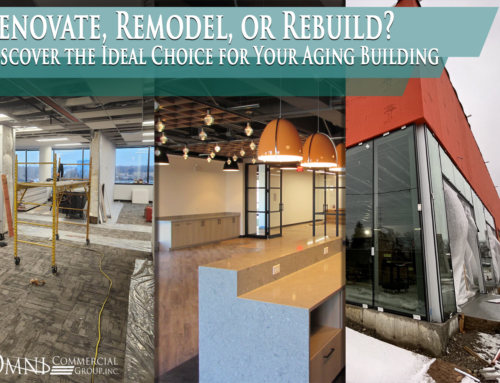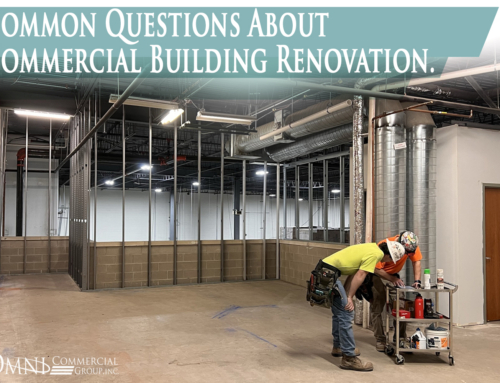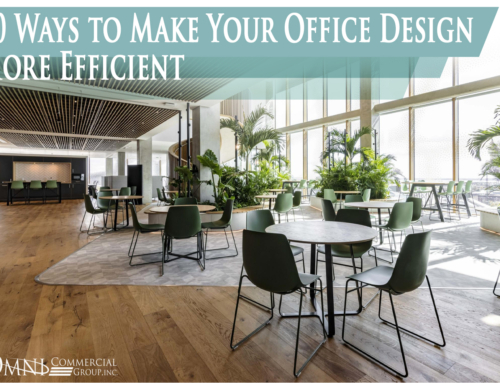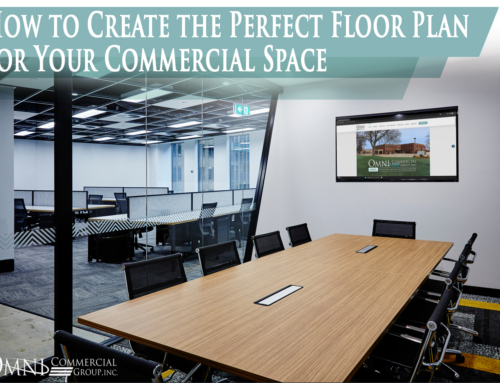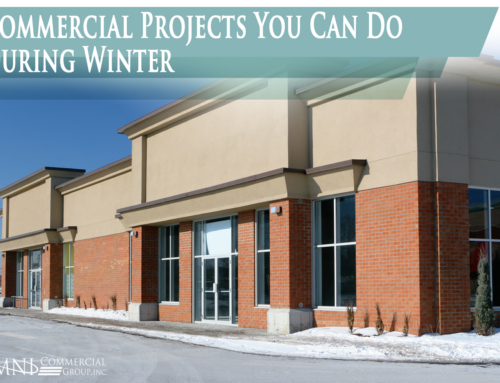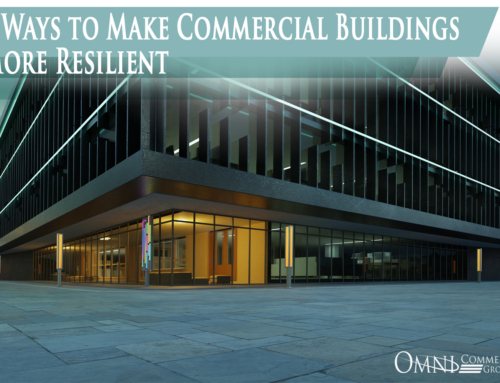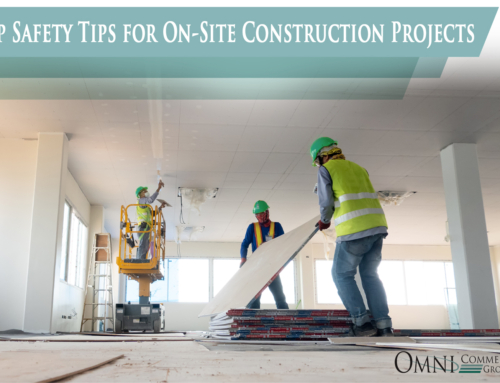It may not feel like it, but Spring is officially here! Earth Day falls in April and is an opportunity to persuade businesses, governments, and citizens around the world to invest in our environment to help improve and sustain our planet. As people are becoming more environmentally responsible, clients and tenants are now seeking more eco-sustainable or “green” buildings. Historically, commercial buildings are one of the main energy consumption sources, but with the right efforts can become more sustainable. It’s time to invest in our planet and give our descendants a better future! If you don’t have an existing sustainable commercial building from the start, you can always take steps to retrofit an existing building!
Here are the best ways in which an existing building can make improvements towards being more sustainable.
Replace Natural Habitats
As commercial buildings increasingly take up more space and replace natural habitats, it makes sense to utilize the space we have created in more meaningful and practical ways. Gardens are not new to commercial environments, but the new trend of green gardens and roofs are. A green roof is essentially a rooftop garden that can help reduce greenhouse gases because they lower energy consumption requirements! When green gardens are installed on the outside of a building, they help to insulate it, reducing heating and cooling costs.
Implement Smart Lighting Systems
Many commercial buildings still rely on incandescent and fluorescent lighting. Updating old lighting to LED lighting can save up to 75% of overall energy use! One of the ways commercial buildings are becoming more sustainable is through lighting updates. The cost of LED lighting technology has gone down and recent advances in LED solutions allow for finer adjustments of color, brightness, and intensity. Smart lighting systems can be programmed to adjust the intensity and color temperature based on the amount of natural light present in the space.
Work Towards Environmental Certifications
In the United States, there is a rating system called LEED (Leadership in Energy and Environmental Design) that sets the standards as far as green efficiencies go. LEED-certified buildings save money, improve efficiency, lower carbon emissions, and create healthier places for people. To achieve LEED certification, a project earns points by adhering to prerequisites and credits that address carbon, energy, water, waste, transportation, materials, health, and indoor environmental quality.
Use Natural Light
An easy and affordable way to becoming sustainable in a commercial building can be achieved through passive solar building design. Passive solar design is different to solar panels because it is centered around incorporating natural light into commercial spaces. A passive solar building design makes the sun an important element in the building’s functionality. This includes the building’s heating, cooling, and lighting. Installing these designs involve careful selection of aspects such as building location and size, as well as the placement of windows and walls around the building. Finding the balance between the benefits of natural daylight while controlling the potential for problematic issues is a design challenge on many projects, but rest assured that our team can help.
Clean and Efficient Indoor Air Quality
The EPA’s Science Advisory Board ranks indoor air quality (IAQ) within the top five environmental risks to public health. These studies have also found that indoor air can be 2x – 5x more toxic than outdoor air. Additionally, HVAC systems use more energy than anything else in commercial buildings which results in high levels of carbon dioxide emissions. To reduce the environmental impact, focus on achieving a minimum level of energy efficiency for the building and its systems.
Energy efficiency in a commercial building starts with a focus on design that reduces overall energy needs, such as building orientation and the choice of climate-appropriate building materials. Strategies like passive heating and cooling systems, natural ventilation, and high-efficiency HVAC systems partnered with smart controls further reduce a building’s energy use.
Reduced Water Consumption
According to the EPA, the water used in office buildings accounts for approximately 9% of the total water used in commercial and institutional facilities in the USA. To become a sustainable business, consider the ways in which your office is consuming water. Because bathroom plumbing fixtures account for a significant portion of water use in office buildings, assess the age and functionality of existing fixtures. Water-conserving plumbing fixtures such as faucet aerators, high efficiency toilets, and low-flow shower heads offer numerous benefits. The design, construction, and operation of commercial and residential buildings plays a crucial role in becoming sustainable. When a building’s plumbing system is inefficient, it can lead to wasted water usage and increased operating costs.
When you invest in your future by becoming a sustainable business, you are not only creating a healthier space that will appeal to your future tenants but you are also investing in the environment. If you are having trouble considering how to start your project, contact Omni Commercial Group. We would love to help you analyze your current space and design solutions to get you started!


